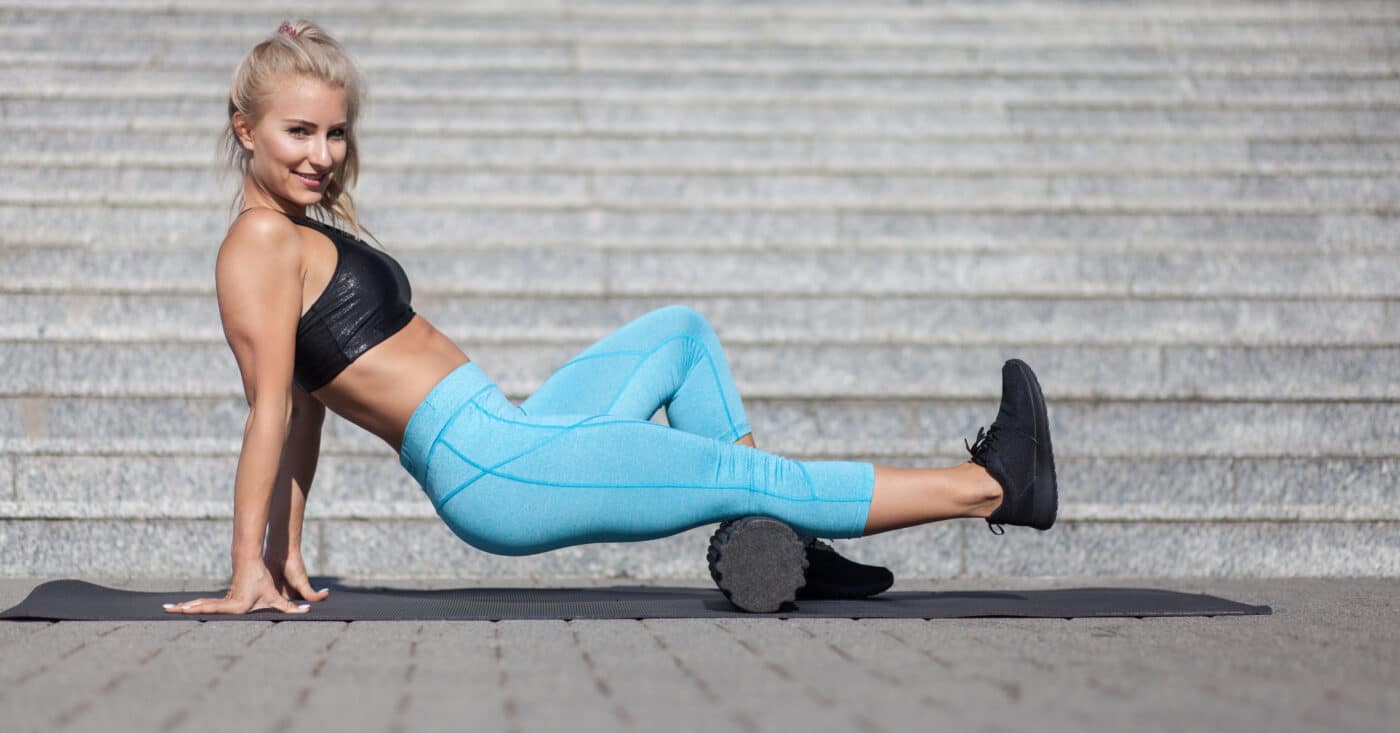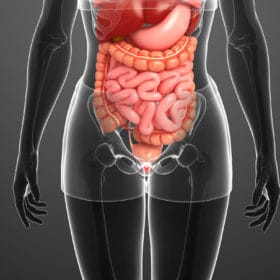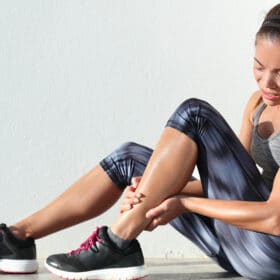Formerly an insider training program for professional athletes and insiders, today it is almost a mass phenomenon. We are talking about the so-called Fascia training with fascia rollers and fascia balls of all kinds. Whether cyclists, professional footballers, bodybuilders or martial artists. Suddenly everyone seems to be training with these strange, brightly colored rollers.
This is no wonder, as fascia training promises additional flexibility, improved performance, less muscle soreness and, last but not least, a head start in the fight against cellulite. But what is it really all about? And how does fascia training work?
The basics: What are fasciae and what problems occur?
Not to make it too scientific: Fascia is a sheath of very hard-wearing connective tissue that surrounds joints, organs and, above all, muscles. The role of fascia is to protect the muscles and keep them in position, for example. Fascia can cause problems for many people, particularly in the muscular area, if the muscle and the associated fascia can no longer move freely against each other.
In such a case, one speaks of a fascial adhesion. This in turn restricts the range of movement and can sometimes cause pain. Adhesions mainly occur in inactive people. The collagen fibers in the fascia harden and become matted.
However, if the connective tissue is too tight, it can not only interfere with the muscle's movement, but also inhibit its growth in thickness. However, high levels of physical exertion can also impair the correct functioning of the muscles. The bottom line is that regular fascia training is worthwhile for both athletes and couch potatoes.
These are the benefits of regular fascia training
Fascia training with special fascia rollers and fascia balls brings you a number of benefits in terms of both sport and health.
- 1 - Loosening the fascia prevents pain
Hardened and matted fasciae are frequent triggers for pain in the back and knee area. These conditions often lead to painful blockages and hardening. With the help of fascia training, you can loosen these hardenings and even prevent injuries thanks to the significantly improved mobility. - 2 - You have more strength during sport
If a muscle and the fascia surrounding it function like a well-oiled machine, the movement sequence runs optimally. This not only means that the muscle can develop freely and you can therefore exert more force, but also that the muscle works more economically and uses less energy in the process. A fact that is particularly interesting for endurance athletes. - 3 - Your posture is improving
When tensions and blockages are released, your fasciae become increasingly supple. As a result, they no longer pull you into a forced posture caused by tension. The result is a much better posture. - 4 - Fascia training alleviates sore muscles
By placing mechanical stress on the muscles and the surrounding fascia, you ensure that the local blood circulation and nutrient supply improve. This allows your body to repair the damaged muscle fibers more quickly. In addition, the painful substances produced by the micro-tears in the muscles are also removed more quickly. Furthermore, rolling the fascia takes the tension out of the fascia tissue, which in turn relieves the pressure on the muscles. - 5 - You can relieve muscle stiffness
You can easily release muscle stiffness with the help of a fascia roller. Depending on the severity of the hardening, however, you must proceed carefully and with varying pressure and speed. - 6 - Fascia training is a useful warm-up
Fascia training is part of a good warm-up before an intensive workout. It loosens the fascia, brings your body up to operating temperature and can prevent sports injuries. Fascia training is only not recommended before strength-specific units such as sprints or throwing sports, as this removes some of the tension from the muscles, so to speak.
Does fascia training help against cellulite?
Several factors are responsible for women getting cellulite. The main trigger is simply the fact that connective tissue is structured slightly differently in women than in men. In detail, the individual collagen fibers are slightly further apart. In combination with the influence of the hormone oestrogen, the risk of unsightly dimples forming on the buttocks and thighs is particularly high. Experts believe that sport and diet have a positive influence on the density of collagen fibers.
Fascia rolling, on the other hand, can even have a negative effect. The reason is obvious: after all, cellulite is caused by weak connective tissue. If you expose this to strong pressure via fascia rolls, the cellulite may even get worse. So you can't simply roll the cellulite away. Sports scientists, on the other hand, recommend sports with springy and impulsive movements, such as jogging.
Which fascia rolls are available?
The fitness market already has fascia rolls in numerous colors and shapes. However, these differ not only in terms of their appearance, but also in terms of their material properties. While rollers for beginners tend to have a low degree of hardness, fascia rollers for advanced users are significantly harder so that greater pressure can be exerted. Smooth fascia rollers without structure are ideal for beginners. These are available for little money on the internet or in well-stocked sports stores.
There are also rolls with a structure. Cams, strips, grooves and combinations of structures are common. The reason for this is that the fasciae are activated and worked in a different way through the punctual pressure. These rollers with a massage effect are ideal for boosting the metabolism or soothing sore muscles, for example. As the structures exert more pressure at certain points, this makes fascia training a little more painful.
Fascia balls or fascia rollers in the shape of a Dou-Ball are a special category. While the small balls are suitable for working on the soles of the feet, for example, or for releasing blockages very precisely, the Dou-Ball was designed for "rolling out" the spine. The highlight: as it consists of two interconnected balls, the extensions of the vertebrae fit comfortably in the resulting hollow space, while the muscles can be optimally worked on both sides.
How to roll correctly
Regardless of whether you are an active athlete or a couch potato. In order for fascia training with the fascia roller to have the maximum effect, you need to do it correctly. Regardless of the part of the body you want to work on, the basic rule is to start by rolling slowly and evenly along the muscle fibers.
Keep the pressure low at first and then gradually increase it. The main effect comes from the movement, not the pressure. If you find a particularly painful or hardened area, treat it more intensively. To do this, stay exactly on the spot and work it with small movements. Play with the pressure here too.
Tip: If exercises in the supine position are still too painful for you, you can get used to them by doing them against the wall first.
Shape @Home Bundle
Stay fit at home! The Shape @Home Bundle consists of 4 high-quality & very effective products. The name says it all. Get in Shape and that in your own four walls! The all-round package, which focuses on fat reduction, weight reduction and butt and tummy tightening and from home!
Shape @Home Bundle



